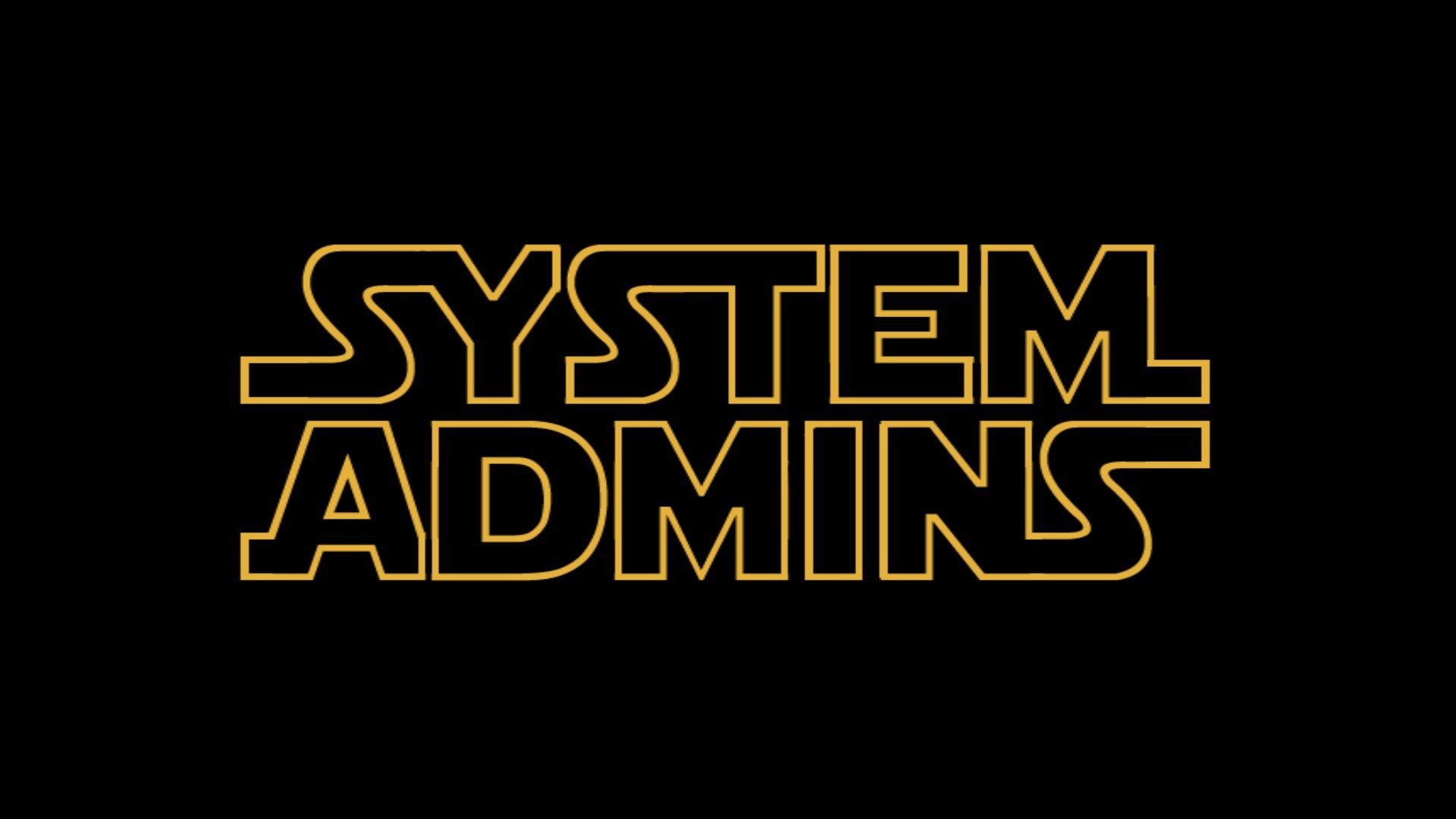First, the number of websites hosted on a server should be defined.
Generally, in fact, a server hosts more than one site, based on its capabilities. It would be completely useless to use a server for a simple site: the management costs would greatly exceed the need for the server itself.
But let's see the characteristics that determine the possibilities of each sever. First of all, its capacity in terms of hard disk storage space is fundamental. Capacity is measured in bytes and its multiples:
- Kilobytes = 1,000 bytes
- MegaBytes = 1,000,000 bytes
- Gigabytes = 1,000,000,000 bytes
- Terabytes = 1,000,000,000,000 bytes
Obviously, the higher the level of the company that manages the server, the more storage space will be.
The other aspect, less fundamental, but still crucial is the transmission speed, and I say crucial but not fundamental because a server can also be slow, but this does not speak in favor of its reliability. But let's take a closer look at this aspect. A website generally does not have such a high weight as to need who knows what connection. But, of course, we don't have to think about this neither on a single site, nor on a single user. There are websites, such as portals or even simply like those of large international companies, which provide information via the web, even very broad ones, but above all to a series of interminable users. overall high transmission rate, and therefore a connection capable of satisfying this amount of requests.




